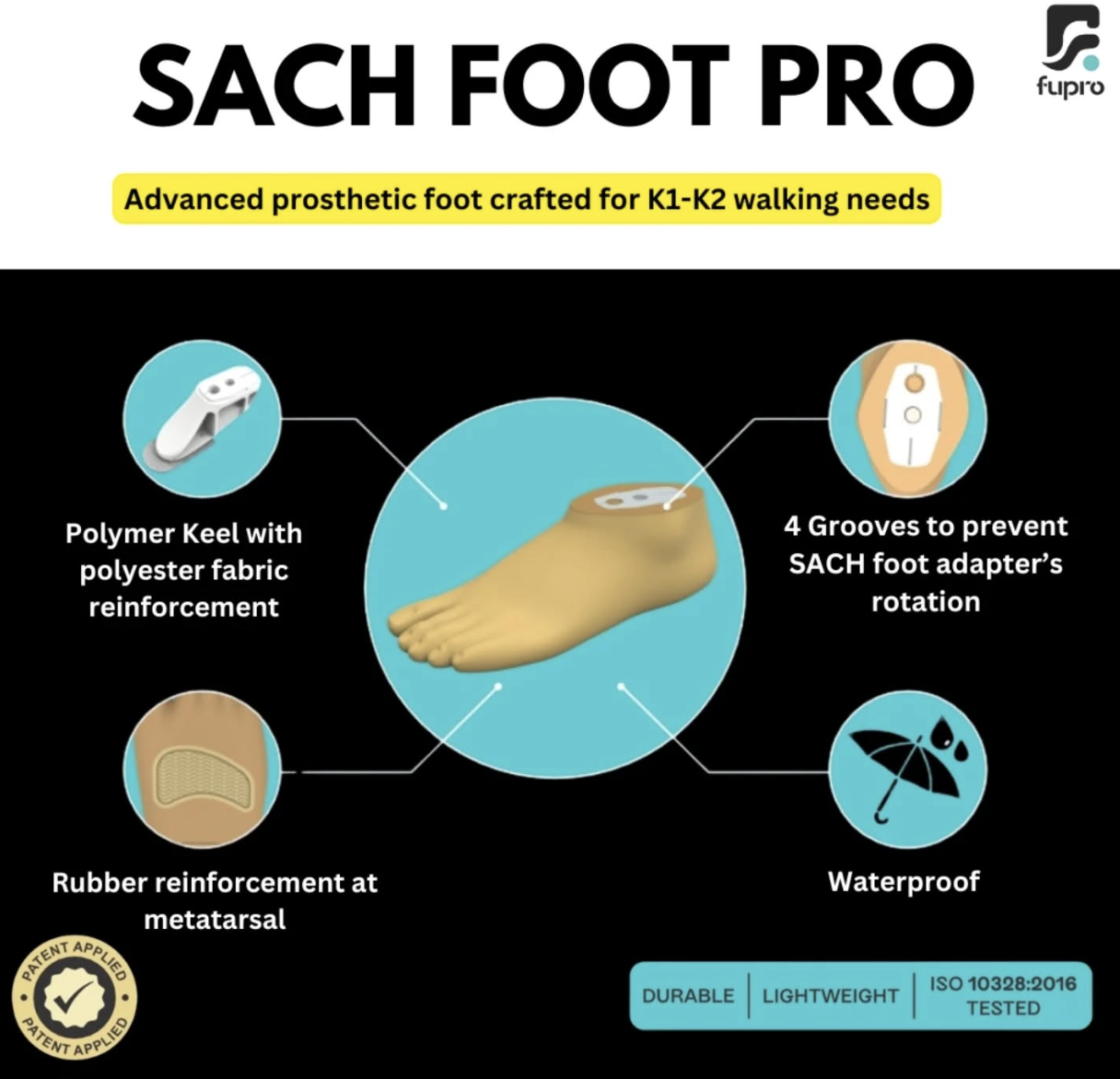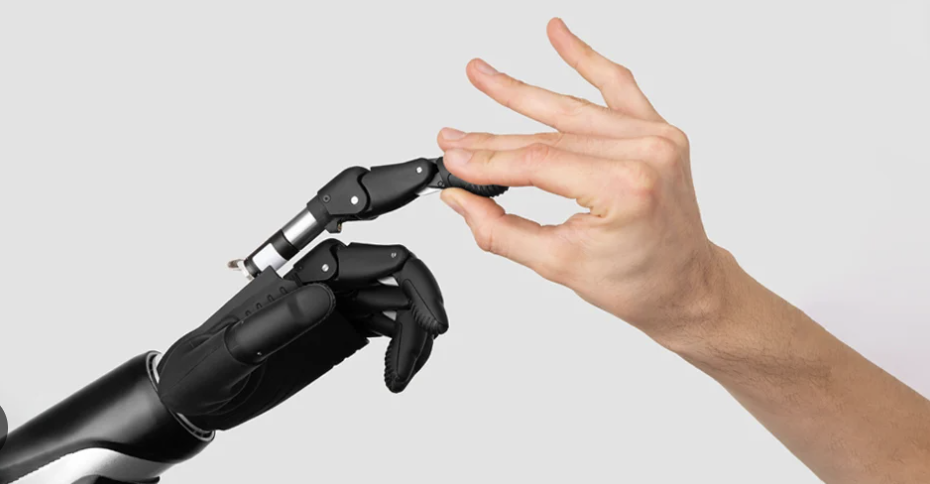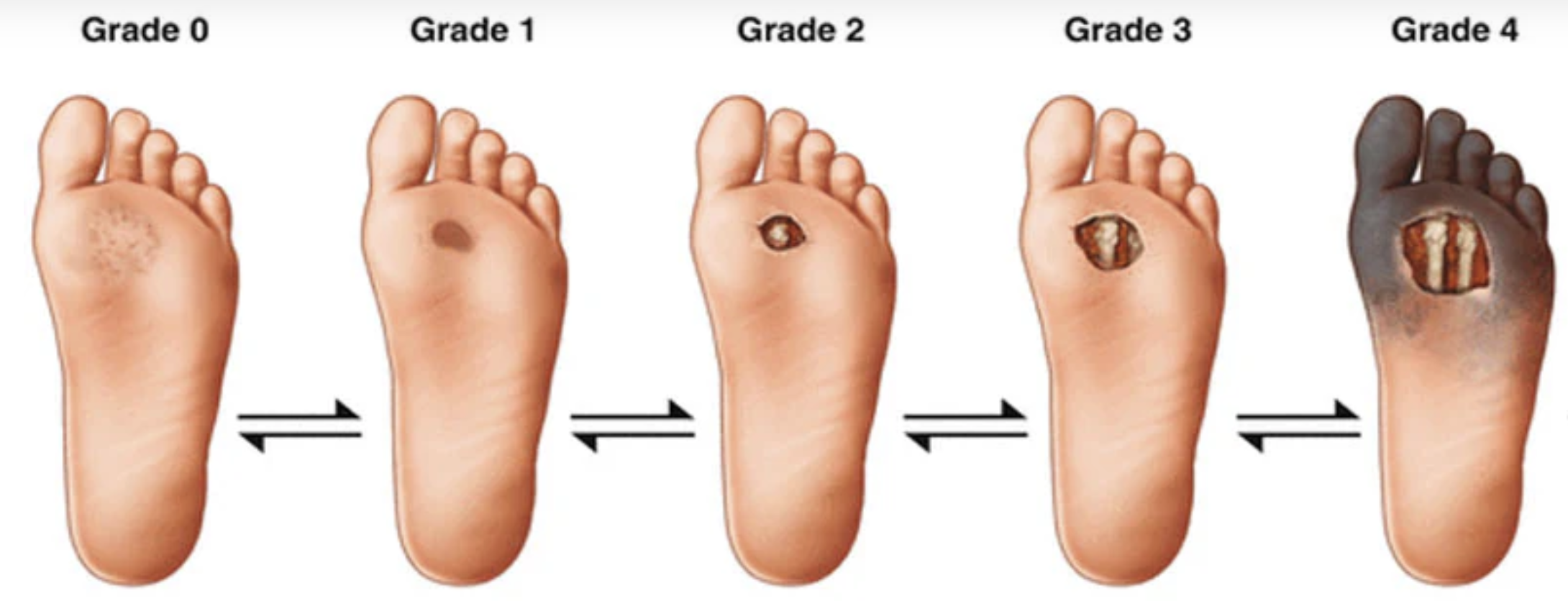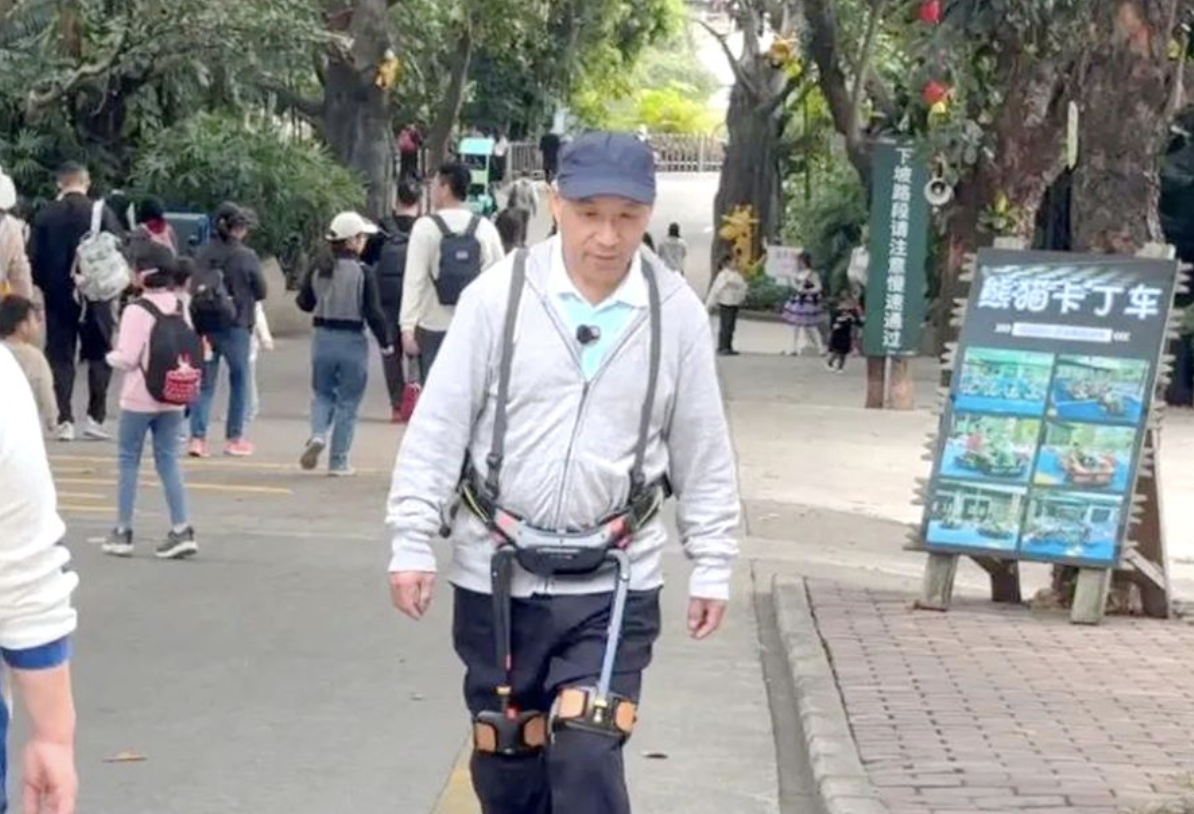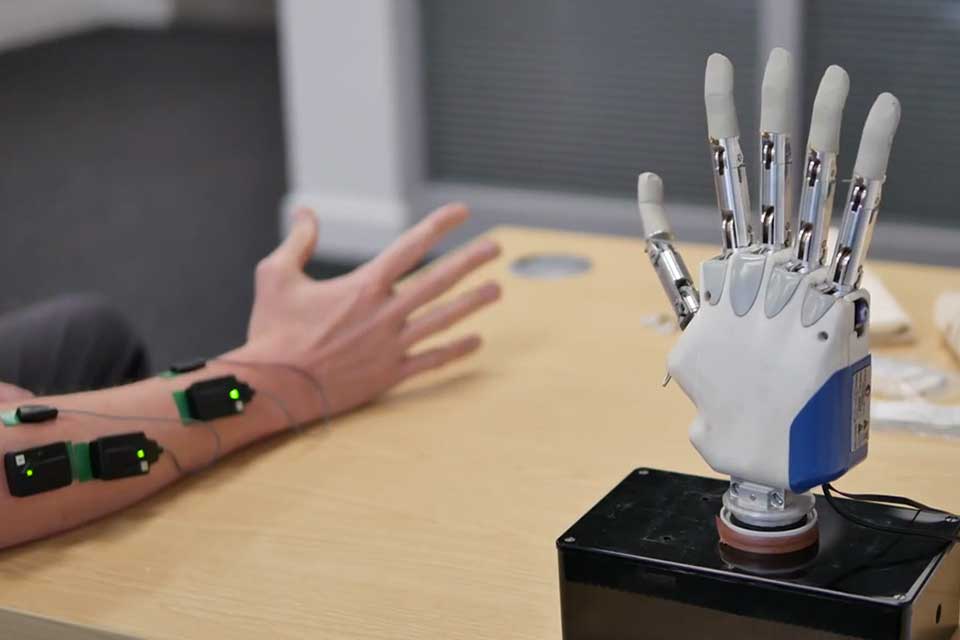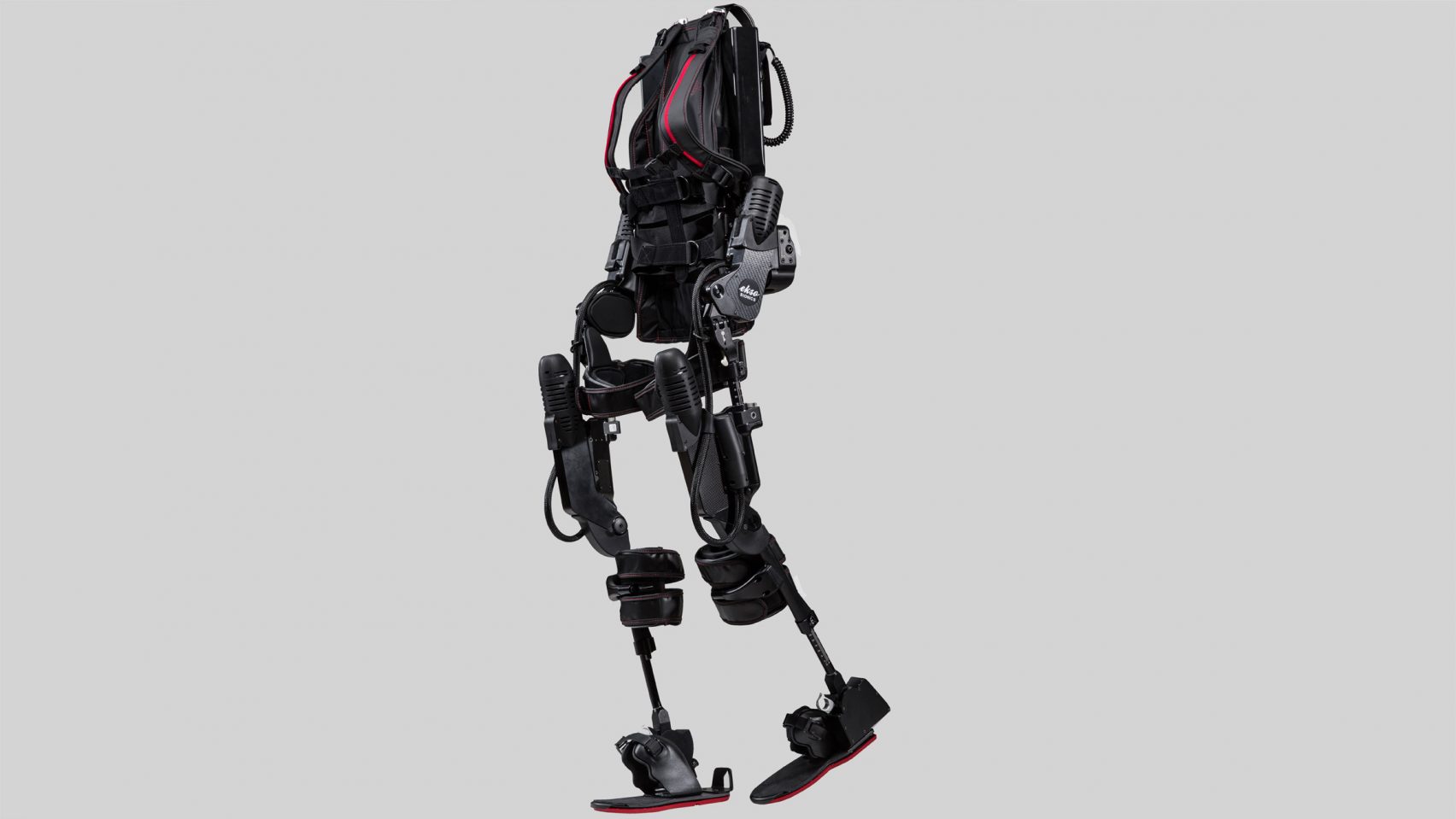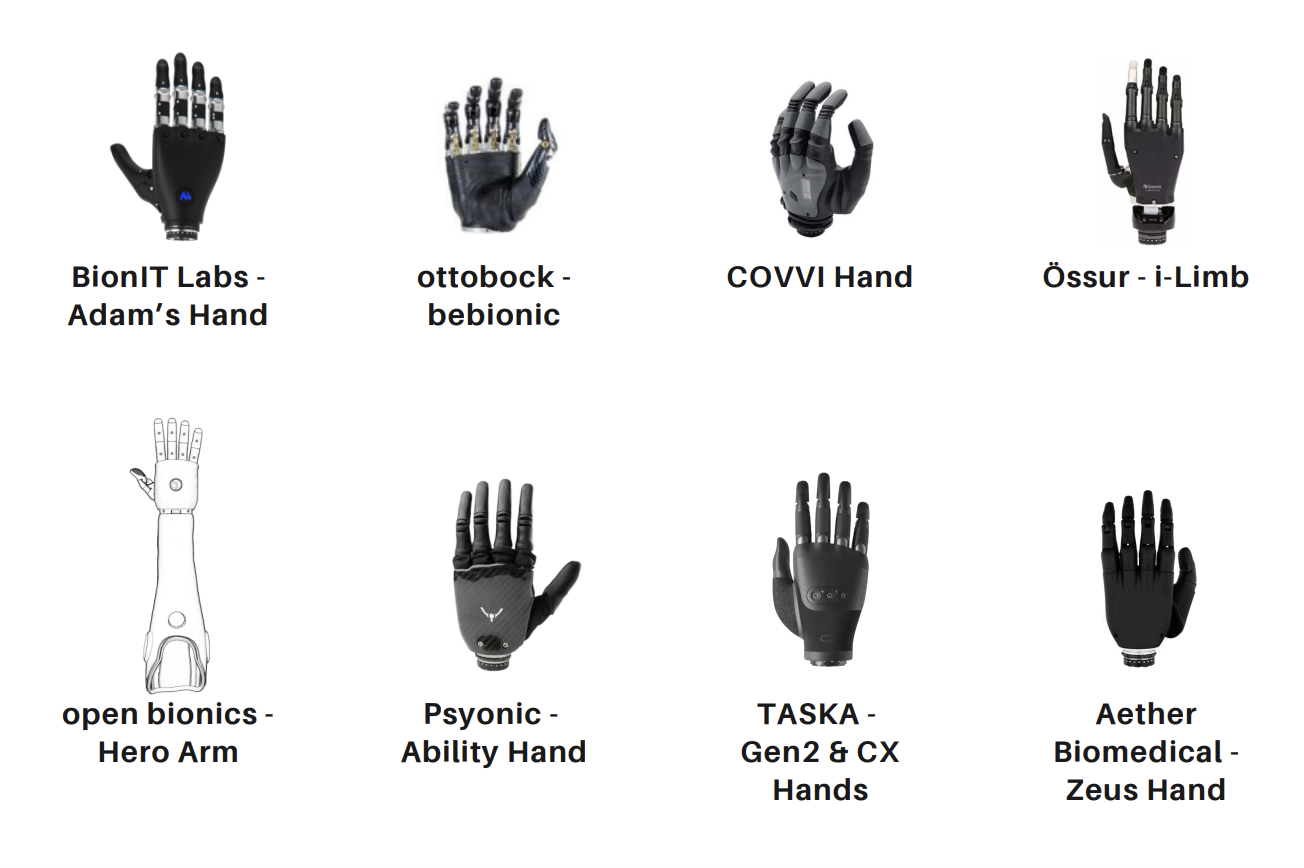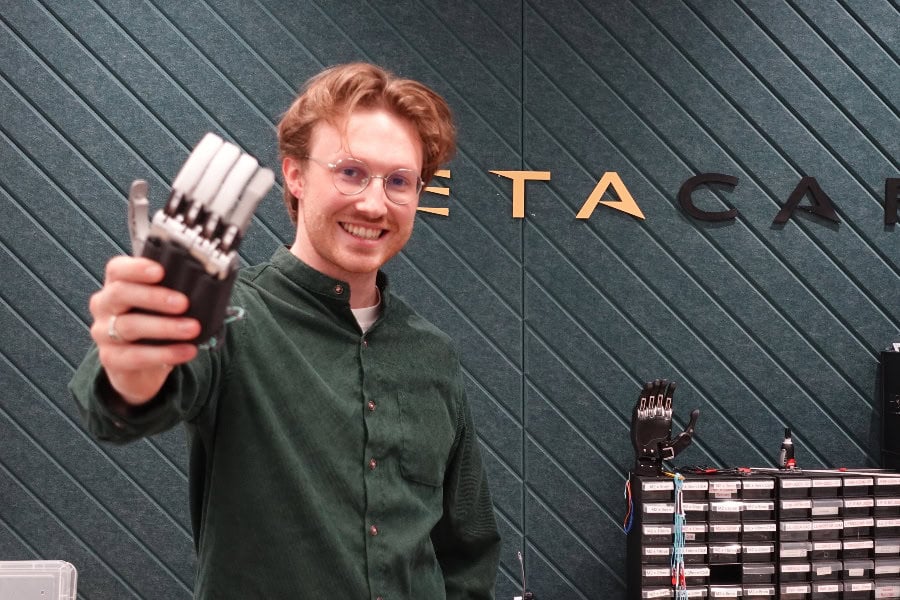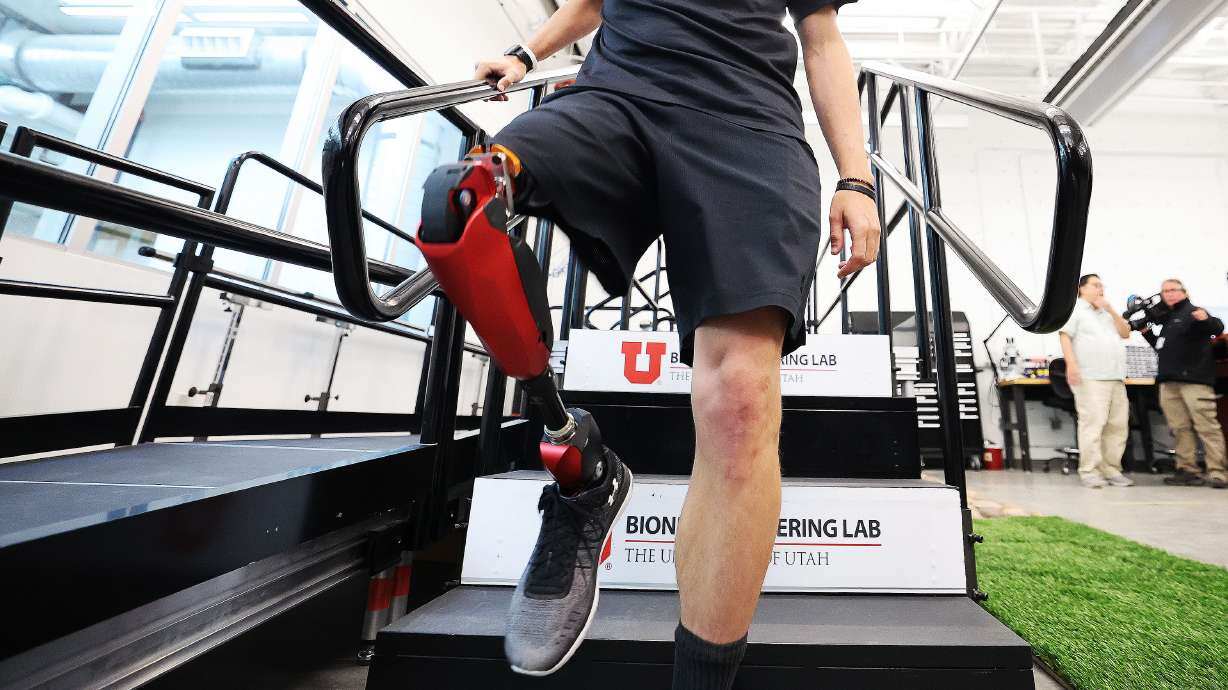This booklet gives perspectives from prosthetists, occupational therapists, surgeons, and users. It also highlights the existing partial hand solutions currently commercially available on the US market.
Partial hand loss comprises about 90 percent of all upper limb amputations and may involve the loss of one or more digits. According to the American Medical Association, the loss of a hand results in a 54% whole body impairment, while the loss of a thumb and index finger can result in a 32% impairment. Compared to other upper and lower limb loss levels, partial hand loss is also associated with higher rates of disabling mental health conditions. “Loss of fingers can have a significant impact on function and lead to long-term overuse injuries...Despite this knowledge, many people are not presented with the prosthetic options available to them.” - Handspring website
Sometimes those options are driven by personal choice and other times they are insurance based. Nonetheless, the user should be presented with the right options for them, based on their needs. These options are as follows:
- Body powered prostheses
- Mechanical ratcheting prostheses, also called positionable prostheses
- Externally powered prostheses (Myoelectric)
- Activity specific prostheses
- Passive functional prostheses
- Custom Solutions
In our comparison chart, we will cover the first three options available on the US market currently.


